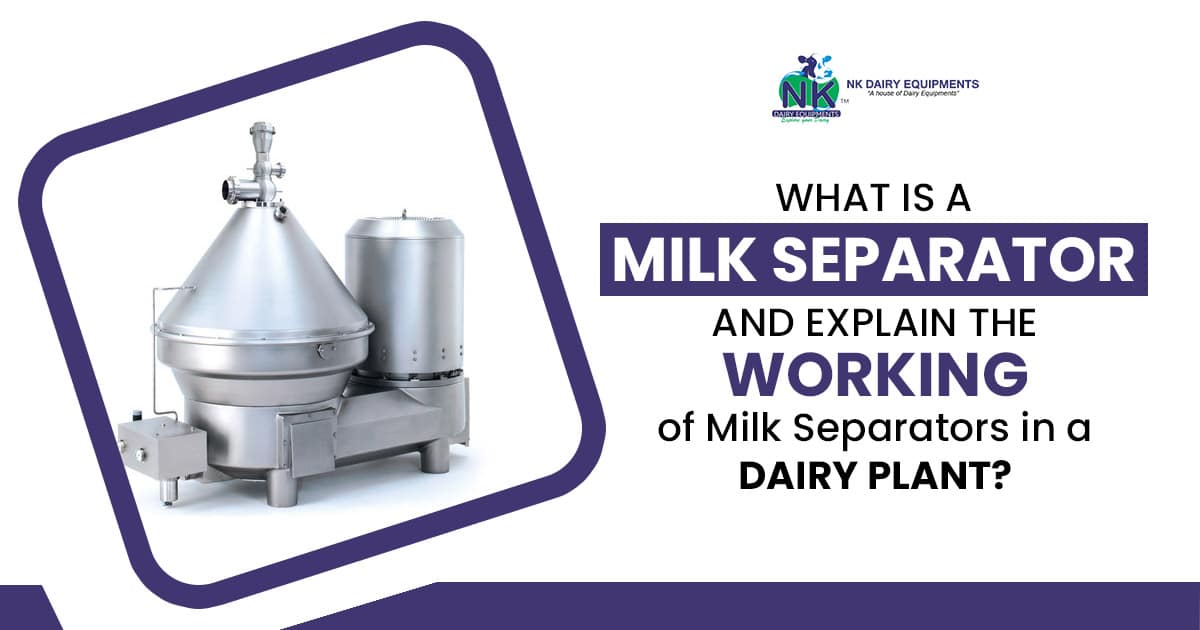Milk separator is a cream extracting machine from all milk. The whole milk is then split into fat and skim milk. Cream and skim milk have various densities and therefore appear to be distinguished by the influence of severity. You should check for yourself: you can set the cow’s milk out for 24 hours to see if it settles on top. Milk separator is additionally known as a cream separator.
So, how is a centrifugal milk separator functioning?
Using centrifugal force it enhances the separation of the milk. A centrifugal milk separation unit has conical disks revolving in a bowl or drum at a speed of 6,000 to 10000 revolutions a minute, depending on the form. The operating theory of separation is this.
The centrifugal force travels into the holes of the disks as entire milk is inside of the vessel. The fat globules of the milk travel to the middle of the drum and the condensed milk hit the outer edge as they are clearer. That is how cream removal works. A single separator disk stack operates like this. The idea was the same irrespective of whether it is a limited model for home usage or a commercial model with a large dairy.
Key characteristics that are worth looking at the milk fat separator.
Efficiency-: The good quality centrifugal milk separator system is expected to remove skim milk only 0.01% to 0.05% butterfat.
Ability-: The ability of a separator is the volume of milk it is willing to absorb in an hour.
Power supply-: Separators may be electrically driven or manually controlled. Now available are hybrid models.
Specific considerations influencing milk separation
Milk temperature: The optimal temperature for milk separation is about 40 degrees C. The boiling of milk past 45 degrees Celsius is not advised. Different volumes of milk butterfat: more milk butterfat implies more cream after separation. With a milk separator, the average volume of butterfat is around 35% to 40%. It is usable.
Price of the milk: Tiny separators have no tank for self-cleaning, as the big centrifuges do. Instead, through 30-90 minutes, the cup must be carefully washed to extract butterfat, slime, and lateral matter. The precise time of continuous separation also depends on the consistency of the milk.
Our recommendation: Two bowls should be used. You will switch between the milk centrifugation without interrupting it. Another bowl works when you rinse it.
Factors that do not impair the separation of milk
Organic versus pasteurized-: When the milk is pasteurized, the cream is made from fresh milk.
Cow vs goat-: A weaker microstructure owing to its fatty globules and is usually smaller (compared to animal milk). So the cream of the goat grows even later than the cream of the cow. But with dish bowl centrifuge, all forms of milk are fairly well separated.




